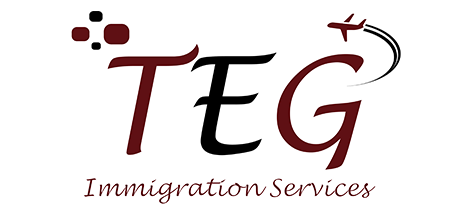Canada has long been a desirable destination for skilled workers seeking new opportunities and a high standard of living. With its robust economy, diverse culture, and welcoming immigration policies, Canada offers numerous pathways for skilled professionals to make a successful immigration transition. In this blog, we will provide a comprehensive guide on how to immigrate to Canada as a skilled worker, outlining the key steps and programs available.
- Assess Your Eligibility:
The first step in immigrating to Canada as a skilled worker is to determine your eligibility. The Canadian government offers various immigration programs, such as the Federal Skilled Worker Program (FSWP), Provincial Nominee Programs (PNPs), and the Canadian Experience Class (CEC). Each program has specific eligibility criteria, which typically include factors such as age, education, language proficiency, work experience, and adaptability. You can use the Comprehensive Ranking System (CRS) to calculate your eligibility score for the Express Entry system, which is a common pathway for skilled workers. - Enhance Your Language Skills:
Proficiency in English or French is crucial for immigrating to Canada as a skilled worker. To improve your language skills, consider taking language proficiency tests such as the International English Language Testing System (IELTS) or the Canadian English Language Proficiency Index Program (CELPIP). Depending on your language score, you can earn valuable points in your immigration application. Engaging in language courses or language exchange programs can also help you refine your communication abilities. - Assess Your Education and Credentials:
Canadian employers and immigration authorities recognize certain foreign educational credentials. However, it is essential to evaluate your educational qualifications to determine their equivalency in Canada. Organizations like World Education Services (WES) can assess your credentials and provide an Educational Credential Assessment (ECA) report, which is often required for immigration applications. Obtaining an ECA will help ensure that your education is recognized in Canada and can enhance your chances of successful immigration. - Gather Required Documents:
To apply for immigration as a skilled worker, you will need to gather various documents. These may include your passport, language test results, educational credentials, proof of work experience, reference letters, police certificates, and medical examinations. Ensure that all documents are authentic, up-to-date, and translated into English or French if necessary. Thoroughly review the immigration program’s document checklist to ensure you have all the necessary paperwork. - Submit Your Application:
Once you have assessed your eligibility, enhanced your language skills, evaluated your education, and gathered the required documents, you can proceed to submit your immigration application. If you are eligible for the Express Entry system, create an Express Entry profile and enter the pool of candidates. The highest-ranking candidates are invited to apply for permanent residence through regular draws. If you are applying through a Provincial Nominee Program, you must first obtain a nomination from a specific province or territory.
Conclusion:
Immigrating to Canada as a skilled worker can be a transformative opportunity for individuals seeking new horizons and professional growth. By following this comprehensive guide, you can navigate the process with confidence. Remember to thoroughly assess your eligibility, enhance your language skills, evaluate your education, and gather all the required documents before submitting your application. Stay informed about the latest immigration policies and requirements to ensure you are well-prepared throughout the process. Consulting with immigration professionals or Consultant can also provide valuable guidance. With determination, patience, and a strategic approach, you can embark on a successful journey toward a brighter future in Canada. Good luck!
Website: https://tegimmigrations.com/


